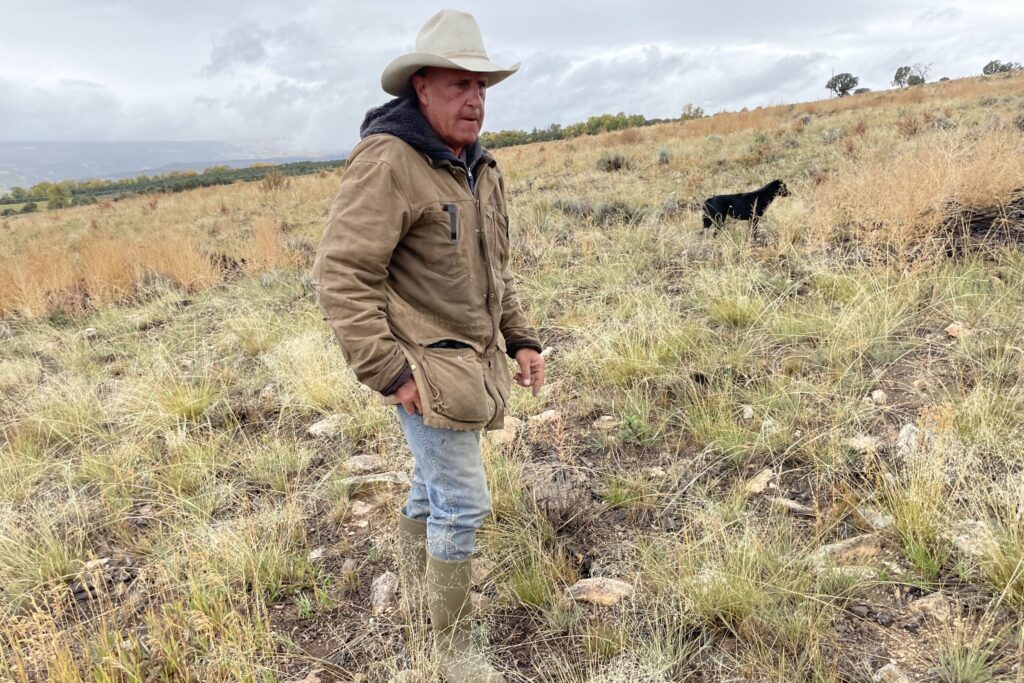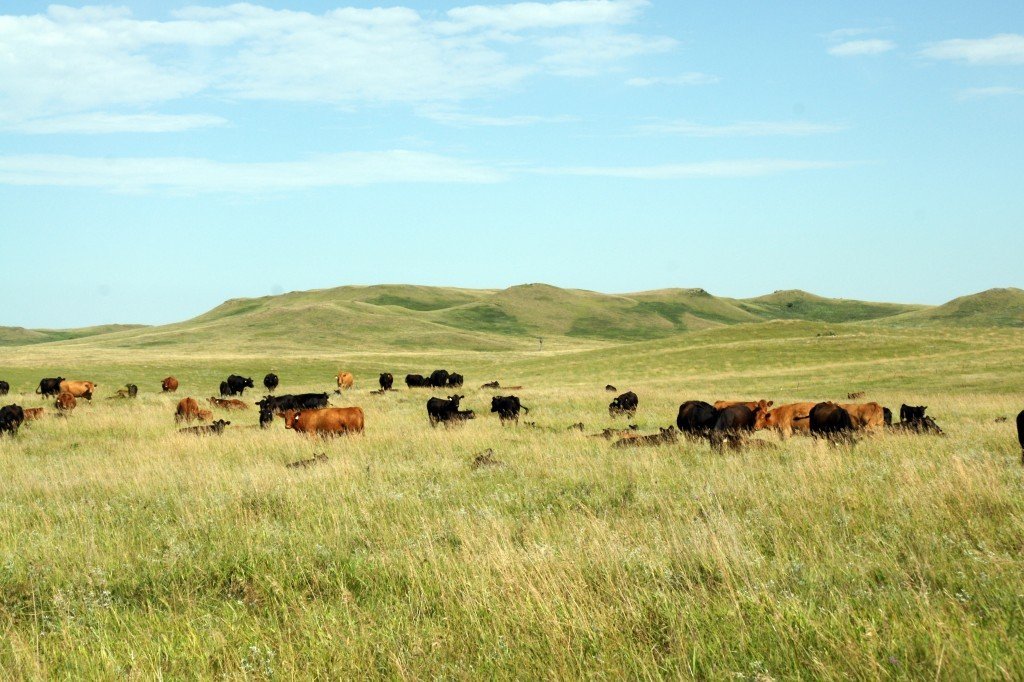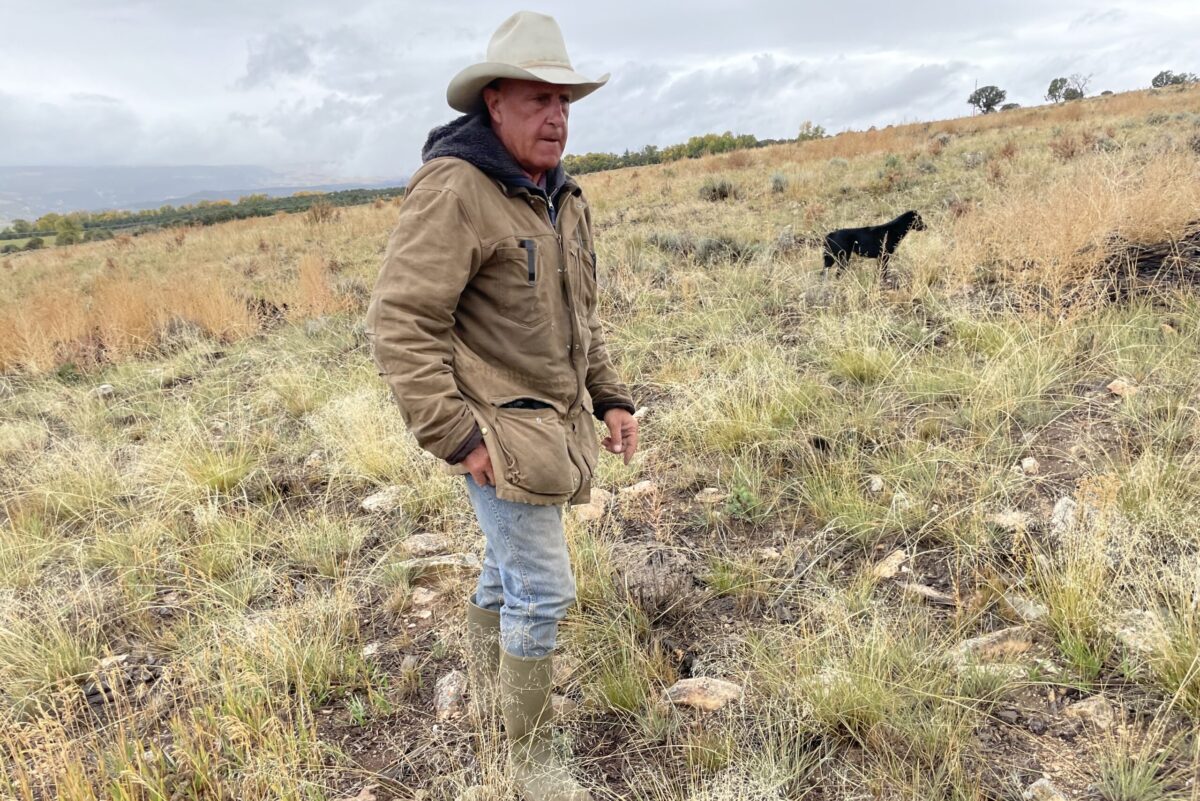By Brian Wagenaar

In January, I had the opportunity to attend the 10th Annual Western Colorado Food and Farm Forum, a two-day conference convening ranchers and agriculture producers from across the Western Slope. The theme for this year’s conference? Farming and ranching amid the new normal. There is little room for rebuttal that a momentous shift has occurred: climate change and the corresponding extreme weather, widespread water shortages, and other strains on regularity have pushed many agriculturalists to the brink in a arid state where the margins for profitable agricultural production were already slim.
Conference attendees varied from grizzled veterans of ranching and agricultural production boasting decades of experience, to Western students and younger, novice farmers. One speaker joked that as soon as the younger crowd learned of the many difficulties facing the agricultural community, they would be wise to “run for the hills” and leave farming far behind.
Farming, particularly in the western portion of Colorado, has always been a fragile existence, even with the advent of substantive government assistance programs over the last half century. Too little snowpack, too much rain too fast, a sudden unanticipated freeze, and any number of other occurrences could topple a farm. The success of agricultural ventures is tied inextricably to weather, which is being pushed by climate disruptions into ever-weirder and less predictable directions.
One proven solution in uncertain times? Holistic management. Roland Kroos, a longtime agriculture consultant and a Montana rancher himself, walked attendees through the process of asking critical questions, probing us to think about the holistic systems present on all land. Water may come less predictably than before, but ranchers and farmers can still take steps to increase the uptake of the precipitation that does fall and maximize the sun’s energy to their benefit.
Practicing agriculture does not have to be a zero sum game, contrary to some traditionally-held views. In demonstrating his point, Kroos asked attendees how many of them wanted to improve upon their family’s land. Every hand in the room shot up. Kroos, a certified Holistic Management International (HMI) professional, walked us through his process of leveraging mineral, energy, and water cycles to the maximal advantage of landowners, showcasing photos of success stories who treated their land well and reaped the reward in their financial statements.

The financial pressures on farming and ranching communities are without a doubt intense. Pressure to upgrade efficiency through modern tractors and combines worth hundreds of thousands of dollars, plus expensive fuel and chemical expenditures, can result in even experienced producers barely breaking even in a good year. Throw in a prolonged drought, and the situation quickly becomes bleak, with many ranchers having to cull back or sell away their herds just to minimize their losses in 2021.
There is little doubt: farming and ranching on the western slope of Colorado, bound by existing water rights on the tightly-controlled Colorado River system, will have to adjust on a yearly basis to remain viable. Obstinate farmers and ranchers, amongst those working from disadvantaged financial or land health conditions, likely won’t make it.
But the Forum offered success stories, like Roy Pfaltzgraff of Pfaltzgraff Farms in Haxtun, Colorado (also known as Pfz Farms), who operates a 2000-acre legacy farm that uses no irrigation (a practice known as dry farming) and directly markets many of its products to consumers on the Front Range who are willing to pay a premium for fresh, quality products. And Pfz Farms even delivers to individual households, prioritizing education, outreach, and forging a personal connection over maximizing the immediate bottom line.
Pfz Farms is planning to grow 16 different crops in 2022, maximizing his farm’s offerings while working to protect and improve the quality of his farm’s soil. In a time of constant change, both in the markets and in the reality on the land, savvy producers like Pfaltzgraff will undoubtedly wield an advantage.
Agriculture is a defining part of the Western Slope’s heritage, most visible in the Gunnison Valley in the form of Cattlemen’s Days. Agriculture touches all of our lives as community members and consumers. At Western, the Organics Guild (OG) produces food in the Chipeta Gardens and the Pinnacles Greenhouse.
Western’s close nonprofit partner, the Coldharbour Institute, acts as a living laboratory for producers. The Mountain Roots Food Project, a local nonprofit with ties to other food-producing organizations, is growing food for distribution to food insecure consumers, and offers a backyard harvest program, a community-supported agriculture program (CSA), and introductory cooking education courses.
Fellow Gunnison Valley producers Iola Valley Farm, Parker Pastures, and Gunnison Gardens (run by the locally legendary green thumb Sue Wyman) round out a corps of local farmers and ranchers that are forging a living at high elevation while feeding their communities fresh, healthy food.
Their wares can be found at the Gunnison Farmers Market, or on the shelves of the Wilders Market on Main St. All across the Gunnison Valley, agricultural innovation is happening. With our new Agriculture Perspective Series, we are aiming to provide a student-driven look into the values, work, and innovation at the heart of the agricultural sector.
Our series is launching today with Master’s of Environmental Management student Davis Clark recounting his agricultural experiences in the Peace Corps, with the World Wide Opportunities on Organic Farms (WWOOF) program, and with Western’s Organic Guild (OG),
We hope you enjoy!

